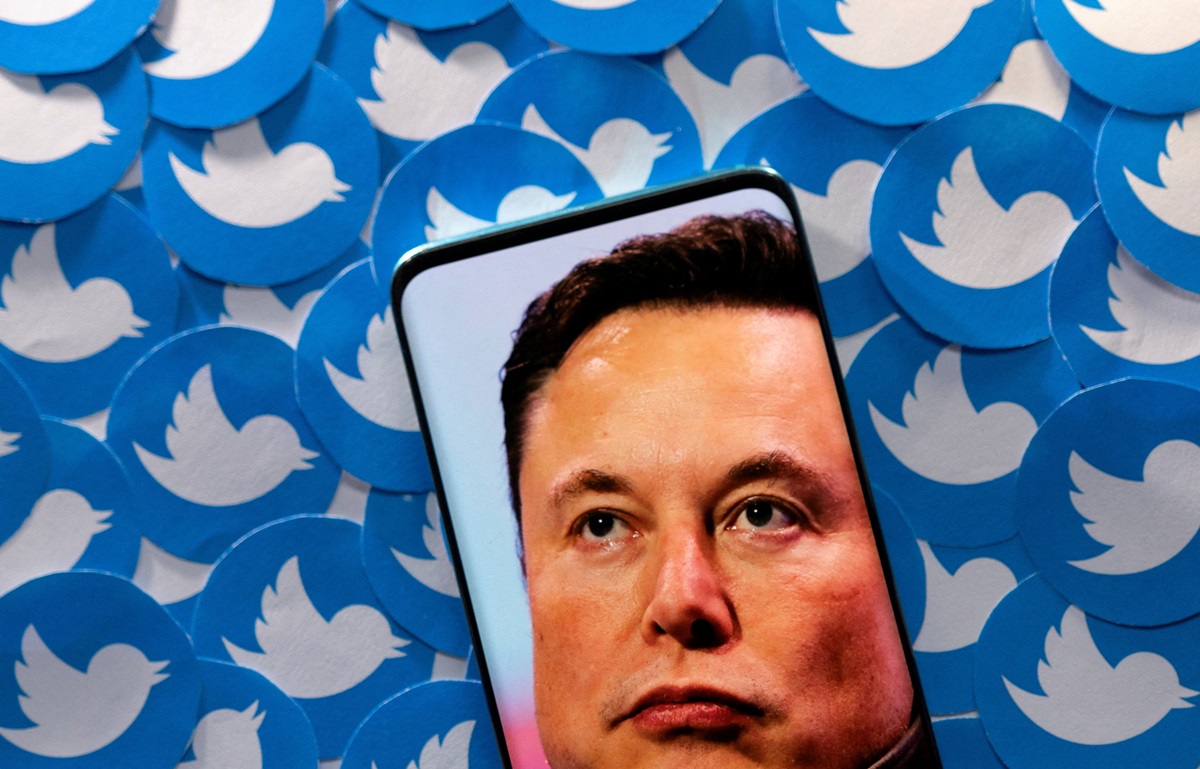You love Elon Musk or hate him, he is a tech disruptor. Since his takeover of Twitter a lot has been revealed. One of such revelations came from a recording of a December 20 discussion held on Twitter’s Spaces channel.
Musk made this claim:
“…I discovered this, basically, about 10 days ago, that Twitter was being scammed to the tune of 60 million dollars a year for SMS texts, not counting North America… Basically, there are telcos who are not being super honest out there, in other parts of the world, who were basically gaming the system and running, like, two-factor authentication SMS texts over and over again, and just creating a zillion bot accounts to literally run up the tab so that Twitter would SMS text them, and Twitter would pay them millions of dollars, without even asking about it”.
In simple terms, Elon Musk claimed that A2P (application to protocol) fraud at Twitter could have cost $60m in a year.
Here is a commentary from Simeon Coney, Chief Strategy Officer at Enea AdaptiveMobile Security on this:
“The figures shared by Twitter and Elon Musk are just the latest in a string of warning shots across the bow for the industry.
“In an interview, Musk claimed that Twitter was being ‘scammed to the tune of $60 million a year for SMS texts’, implying that no company – regardless of size or influence – is beyond the reach of A2P SMS fraud.
“It is endemic, and it’s high time the industry acted to banish it for good. The purported $60 million hit to Twitter accounted for nearly a third (27%) of the company’s stated losses in 2021. Enea’s own analysis indicates that the problem is widespread, so any notion that A2P SMS fraud is a minor concern should now be laid firmly to rest.
“Recently, we have observed an increase in a type of fraud known as Artificial Inflation of Traffic (AIT), which is likely one of the most dominant facilitators of this type of SMS scam. AIT takes place over revenue call share numbers, short codes, and premium numbers which bear a cost to the end-user, where the information provider inflates the traffic for financial gain. This inflated traffic is often in the form of spam messages, designed to lure people into calling a particular number to exploit gaps in billing systems.
“In addition to bots generating traffic from within the Twitter service itself, this particular type of fraud can also be perpetrated within the ecosystem of players responsible for carrying and delivering the traffic from services like Twitter to end-users around the world – spanning mobile operators and aggregators.
“Put simply, any time there are multiple ‘hops’ in connectivity, there is a risk that one of those hops may engage in this type of traffic inflation. Other practices, such as the ‘grey routing’ of traffic, in which unsanctioned traffic enters a telecommunications network unknown to the operator, are also a growing concern.
“These ‘hops’ are vital to ensuring global connectivity in a world where digital communication has become a way of life, so it’s increasingly important that operators are able to see, measure and control these risks in real-time.
“Left unchecked, this type of fraud will continue to put legitimate A2P traffic and revenue at risk and may end up leaving the SMS channel compromised and unsalvageable beyond economic value.
“Enea’s Commercial Traffic Governance solution draws from a deep well of use cases to detect and control patterns typical of this kind of fraud. We have full visibility of more than 50 billion daily threats and monitor the traffic of more than 2.2 billion end-users, giving many of the world’s leading communication providers and aggregators unparalleled insights for A2P traffic management and governance.
The Twitter Space recording:






Comments 5